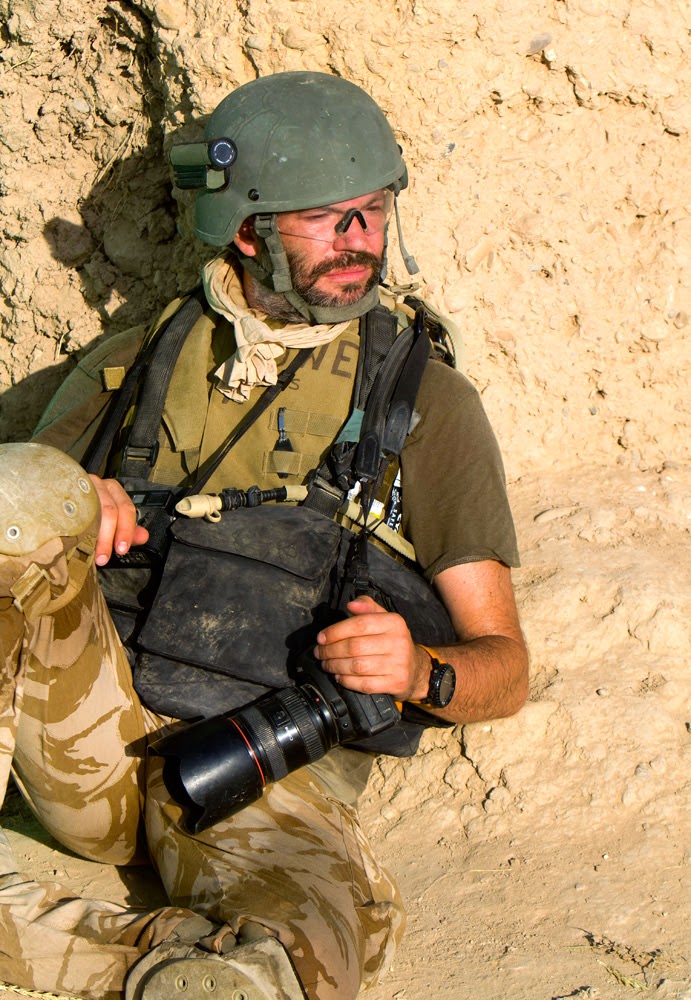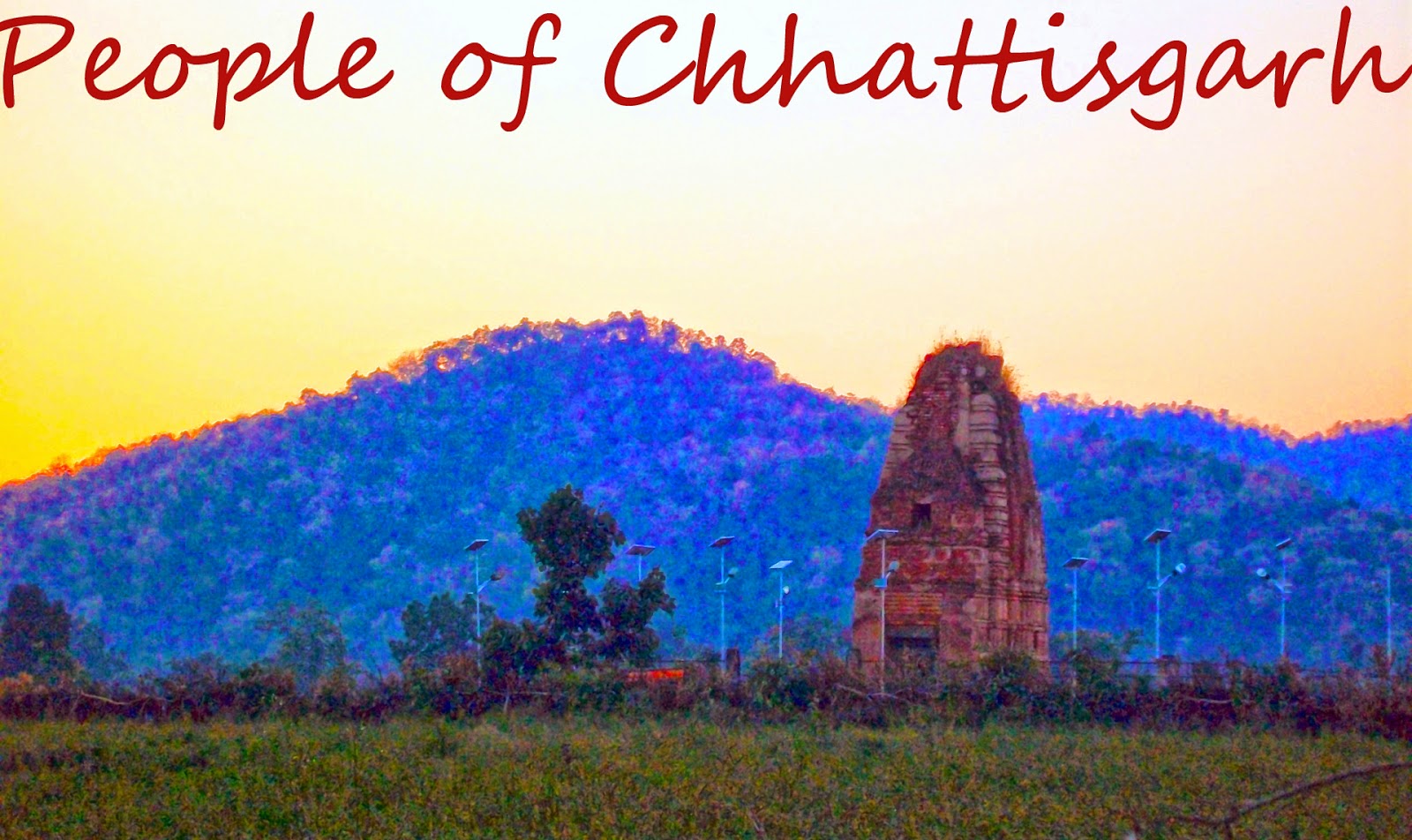The images that Howe took that day led to him winning
best photo essay and
photographer of the year
from the Picture
Editors’ Guild.
It was a professional high,
but after the incident
and the events that followed
(the MoD first asked the Telegraph not to print
the photograph, then agreed publication if it were censored, so the worst
injuries were not shown; ‘I was told there wouldn’t be any repercussions,
but then several months later, when the next Telegraph embed came up, I was
told the MoD had refused my application,’ Howe said),
his mental health
started to decline.
Unable to work, after months of hard partying he
realised he ‘would probably end up dead’
and he changed track,
moving to a
rented isolated finca in northern Spain
in an attempt
to
‘escape from the
world’.
But he suffered from horrific nightmares and paranoia –
walking
around the house
with the lights on but the shutters closed,
‘in case of
snipers’.
He realised that he was suffering
from
post-traumatic stress
disorder (PTSD).
 |
| PHOTO:http://www.jasonphowe.com/ and http://blog.photoshelter.com |
Jason P. Howe:
from amateur to travel to photojournalism to a war photographer
Howe was 13 when he first picked up a camera – photographing his school band
and wildlife around Woodbridge, East Anglia, where he grew up. After leaving
school aged 16, he worked in a camera shop in Ipswich, where he would meet
professional photographers who had returned from assignments around the
world.
Inspired, he decided to try to make a living as a travel photographer. From
1994 onwards he made 25 trips to Latin America, visiting 18 countries and
getting published in travel magazines.
 |
| PHOTO: http://www.jasonphowe.com/ |
 |
| PHOTO: http://www.jasonphowe.com/ |
 |
| PHOTO: http://www.monfilspictures.com/jason-howe.html |
 |
| PHOTO: www.jasonphowe.com |
In 1998 he visited
Colombia
as a backpacker. By now, Howe says, he was
‘getting bored with photographing
beautiful scenery’ and was becoming interested in photojournalism.
‘I wanted
to report on stories that would otherwise go unreported,’ he said.
‘It was
the first time I heard about the conflict.’ The war that had started in 1964
– with the country’s Marxist-inspired rebel group Farc, far-right
paramilitary groups and the government all fighting for control – was
ongoing.
‘It seemed that Colombia was my story,’ he said.
 |
| PHOTO: http://www.monfilspictures.com/jason-howe.html |
 |
| PHOTO: http://www.monfilspictures.com/jason-howe.html |
Photojournalist Jason P. Howe has
spent over a decade covering breaking news on the front lines of
conflict zones worldwide, including Iraq, Afghanistan, Lebanon, and
Colombia.
 |
| PHOTO: http://www.monfilspictures.com/jason-howe.html |
The most dangerous scenario he witnessed
In November 2011 I was on an operation with
British Forces in Helmand province, Afghanistan. I followed 6 soldiers
through a doorway into a compound, each of us stepping in the footsteps
of the other after the ground had been swept with a bomb detector. As
the soldier behind me stepped onto the ground I had just left, an IED
exploded and blew off both of his legs. After making images of the
medics working on him, I joined the stretcher party and helped carry him
towards the inbound MEDIVAC helicopter. There was a high threat that
the ground we were covering may be hiding more IEDs. If even one of us
stepped on another one, we would have had a mass casualty situation. As
if this was not bad enough, as the stretcher bearers ran towards the
helicopter a Taliban sniper opened fire.
 |
| PHOTO: www.jasonphowe.com |
 |
| PHOTO: www.jasonphowe.com |
 |
| PHOTO: www.jasonphowe.com |
 |
| PHOTO: www.jasonphowe.com |
It was one of the most intense situations I have found myself in and
required constant decision-making where the wrong decision could result
in further injury or death. I had to think about where and how to move
without risking triggering other IEDs or cause problems with shocked and
angry soldiers who had just seen their friend horribly wounded. How and
when to stop being an observer and do something to help save the life
of the wounded man is a tough choice.
Appearance of his post-traumatic stress disorder (PTSD) symptoms
He
worked more than 400 days in Iraq.
‘Eventually I stopped having any kind of
real emotional reaction,’ he said. ‘I would come back from photographing a
suicide bomb with bits of people all over the place and order some food to
eat while editing the pictures. It became quite clinical.’
He sank into a deep depression.
‘My pictures
hadn’t made any difference, so I couldn’t see the point to anything,’ he
said. ‘Why bother getting up? Why bother washing?
 |
| PHOTO: http://www.monfilspictures.com/jason-howe.html |
After a few
‘tough months’, gradually his new life seemed to be helping him.
He forged a simple structure to his day: feed the chickens, take the dogs
for a walk, tend the vegetables in his garden. He avoided coffee and
cigarettes, and stopped reading the news or watching films about war –
triggers for his symptoms. The problems were still there, as were the
nightmares and depression, but he said he had been
managing it.
PTSD, his main debilitating
issue is depression.
‘I have a very dark view of the world where, whatever I
do, it doesn’t change,’ he said. But it is compounded by problems
concentrating and hyper-vigilance – he exhaustively imagines the worst
outcomes of every situation.
He also feels anger. And at times he feels abandoned by the media industry,
but
‘then I feel I have nothing to complain about since it was my choice to
go to war, and I have to deal with the consequences myself’. Because he has
not been able to work, Howe is now facing eviction from his farmhouse. He is
planning a road trip around Europe, photographing people who seek a simpler,
more sustainable way to live than modern life offers.
 |
| PHOTO: James
Arthur Allen |
He plans to trade website photography for campsites and meals.
‘I am a very positive person, a fighter and a survivor,’ he said at the end. ‘But it is a hard battle and one that I do not always foresee
there being the energy available to fight.’
'War comes to an end,
but
many bring back a burden of
physical and psychological damage.'
-Simon Akam
PHOTO:http://www.jasonphowe.com/ and http://blog.photoshelter.com
#Sites thankfully consulted, shared and recommended for more text or viewing his photo gallery:
www.jasonphowe.com
www.conflictpics.com
http://www.fotoevidence.com/jason-p-howe
http://jasonphowe.photoshelter.com/image/I0000UABJmpSAuXo
http://blog.photoshelter.com/2013/08/survival-tips-for-the-aspiring-conflict-photographer/
http://www.telegraph.co.uk/health/11211285/War-photographer-Jason-Howes-battle-with-PTSD.html
http://en.wikipedia.org/wiki/A_Beautiful_Mind_%28film%29
(A Beautiful Mind: a biopic of the meteoric rise of John Forbes Nash Jr., a math prodigy
able to solve problems that baffled the greatest of minds. And how he
overcame years of suffering through schizophrenia to win the Nobel Prize)
#Photography related more blog post from the same author:
kevin carter
anja niedringhaus
steve mccurry
macro methods






















































